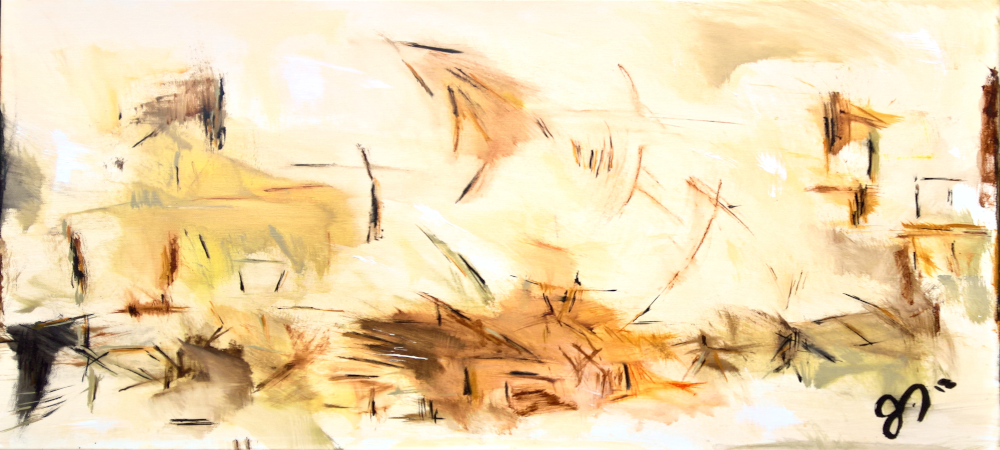Cross-Cultural Communication with Abstract Art
Art has long been a universal language, transcending borders and cultures, connecting individuals from different corners of the world. Within the realm of artistic expression, abstract art stands as a remarkable conduit for cross-cultural communication. It harnesses the power of form, color, and emotion to foster understanding and bridge the gaps between diverse cultures.
The Universality of Abstract Art
Abstract art is renowned for its ability to evoke emotions, spark conversations, and inspire contemplation. Its intrinsic qualities make it an ideal medium for cultural exchange and dialogue. Unlike representational art, which often hinges on specific cultural symbols and narratives, abstract art speaks a more universal language. It communicates through the shared human experiences of form, color, and emotion, making it accessible to individuals from various backgrounds.
Cultural Narratives in Abstract Art
Within the realm of abstract art, there exists a unique opportunity to infuse cultural narratives. Artists can draw upon their own cultural backgrounds and experiences, using abstract forms and elements to convey stories and perspectives unique to their heritage. This infusion of cultural richness adds depth and complexity to the artwork, inviting viewers to explore different cultures through the lens of abstract expression.
The Impact of Artists
Artists themselves play a pivotal role in facilitating cross-cultural communication through their works. They serve as ambassadors of culture, weaving their heritage and experiences into their creations. These artists, whether hailing from diverse backgrounds or rooted in a specific culture, have the power to influence and inspire viewers worldwide.
Abstract Art’s Global Reach
In today’s interconnected world, abstract art has gained global recognition. It transcends cultural boundaries and connects individuals from all walks of life. The global art community embraces diversity, welcoming artists from different cultures and backgrounds. This inclusive approach not only enriches the art world but also fosters cross-cultural understanding and appreciation.
Abstract Art as a Catalyst for Dialogue
Abstract art serves as a catalyst for dialogue, encouraging viewers to engage in discussions that transcend cultural and linguistic barriers. Viewers from different backgrounds can find common ground in their interpretations of abstract works, leading to meaningful exchanges of ideas and perspectives. This shared experience fosters a sense of unity and interconnectedness.
The Influence of Politics and Society
The influence of abstract art on politics and society should not be underestimated. Art has the power to challenge societal norms, question political ideologies, and provoke thought. Abstract art’s ability to transcend cultural boundaries allows it to address global issues and concerns, sparking conversations that can lead to positive change.
Economic and Creative Dimensions
In the economic realm, the global appreciation of abstract art has led to a thriving market, where artists from diverse cultures find recognition and support. The economic dimension of art extends beyond borders, contributing to the livelihoods of artists and the growth of the art industry.
Conclusion
In a world marked by diversity and interconnectedness, abstract art stands as a testament to the power of creativity and expression. It transcends cultural boundaries, fosters cross-cultural understanding, and serves as a vehicle for meaningful dialogue. As artists from different cultures continue to share their unique perspectives through abstract art, we witness the unifying force of creativity, reminding us that art truly knows no borders. more
